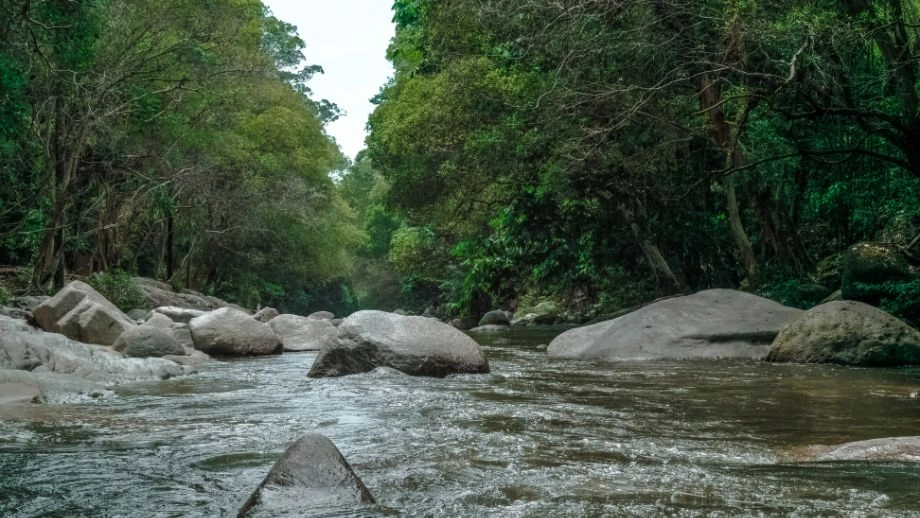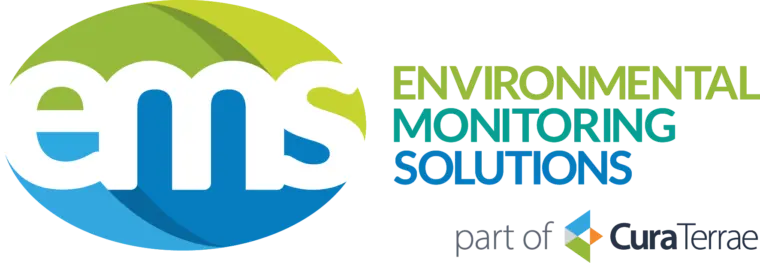World Water Monitoring Day: a non-negotiable for the UK’s unique natural environment
16 September 2022

World Water Monitoring Day (WWMD) is on 18 September and was established to raise awareness of the importance of regularly checking local water sources. Its purpose lies in educating as many people about the possibility and dangers of polluted water. This is an opportunity to celebrate our waterways but also reflect on the damage caused to our beaches, rivers and lakes by pollution. This comes from three main sources: agricultural (pesticides and fertilisers), untreated sewage discharging from combined sewer overflows, and surface “run-off”. And it’s not just our rivers and beaches that are in need of surveillance, but also our distinctive and ecologically precious chalk streams, as they too are facing ecological degradation.
Agricultural Pollution
Excessive use of fertiliser and pesticides in agriculture is now responsible for 40% of water pollution in England. Eutrophication caused by the accumulation of nutrients in lakes and coastal waters has a heavy impact on biodiversity. According to the Environment Agency, despite significant progress in reducing river Phosphorous (P) over the last 30 years, the level of non-compliance with good ecological status for P remains high.
However, nutrient loadings from agriculture are not easy to mitigate, so ultimately some productivity trade-offs may need to be considered to protect one of our most fundamental and valuable resources. Although, promisingly, smart-farming may be a potential answer to some of these problems, as we see ever-more advanced IoT technology and high-tech sensors be applied to farming.
Nutrient Neutrality
Measures have been put in place by the government in 2022 to mitigate pollution caused by nutrients. These new measures mean that any development that will increase occupation, and therefore wastewater production, into any of the designated Nutrient Advice Area catchments must demonstrate “nutrient neutrality”.
Under these measures new residential development can only happen if the nutrient load created through additional wastewater from the development is mitigated.
Combined Sewer Overflows
Combined Sewer Overflow (CSO) discharges are responsible for 35% of pollution in our water bodies.
At this point the public is familiar with the news of water companies discharging untreated sewage from Combined Sewer Overflows, sometimes excessively (for example, during periods of no heavy rainfall). Even French MEPs have recently censured the UK over its discharges to the Channel and the North Sea. The purpose of CSOs is to mitigate the stress on sewer systems during periods of intense rainfall or large amounts of snow melting, so they should not typically be discharged during dry periods. But this is to keep our Victorian sewer systems from being overloaded – after all, would we prefer our homes and offices flooded with sewage?
Nevertheless, storm overflows can also lead to ecological harm due to their impact on water chemistry. Discharges of raw sewage can contain microplastics, pharmaceuticals, nutrients, and even heavy metals. The more concentrated the sewage discharge, and the smaller and slower the receiving river, the higher the ecological impact.
Highway pollution
“Run off”, or surface water pollution from our roads, contains pollutants such as oil, heavy metals, and microplastics to name a few. The first rainfall after a dry period will cause what is called a “first flush” – a large amount of pollutants will gather over a dry period and when rain falls, the surface water carries these pollutants off to water bodies such as our rivers and lakes. This happens more in impermeable areas such as car parks and roads.
The ecological impact of surface water pollutants is dependent again on the contaminant and its concentration, but this is hard to ascertain without monitoring systems in place. It has been noted that contaminated surface waters risk altering the metabolic processes of the aquatic species that they host; these alterations can lead to the death of aquatic species.
Other specific impacts are on animal mating spawning, the survival of species young, and plant productivity. Run off of pesticides, such as insecticide DDT, can even genetically alter the gender of fish species!
Chalk Streams
The UK, more so than our European counterparts, is also facing the issue of how to preserve our unique chalk streams. There are a number of chalk streams located in France, but most in Europe are found in southern England, and they are so rare that there are only around 225 globally. Chalk streams have an immensely high quality of water, due to how they arise in nature.
As chalk is porous and permeable, the chalk bedrock acts as storage and a filter (aquifer), and when the water breaks through as a spring, it emerges as mineral-rich and filtered of fine sediments, at a steady flow rate.
These stable, cool, oxygen-rich streams are havens for important species like the otter, kingfisher and salmon – all ecologically valuable. Salmon, for example, function as pumps that push vast amounts of marine nutrients from the ocean to the headwaters of otherwise low-productivity rivers.
A healthy population of salmon is a solid indication of an ecosystem’s health. This is due to their low tolerance of poor water quality and the quality of their habitats. They are a keystone species – this means that they act as an indication of how well other populations of different species are faring, and they help to shape their natural environment around them. As an umbrella species, if they are protected, many other species will also benefit. But a combination of human population growth and the resulting massive increases in water use, combined with pollution, have put huge pressure on our chalk streams.
With awareness and cooperation from local authorities and highways agencies, farmers, and NGOs, and the implementation of adequate monitoring systems, we may just be able protect our unique landscape from the effects of population growth and the risks from emerging pollutants.









